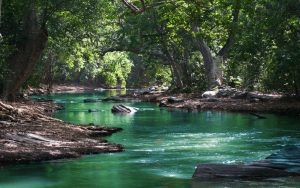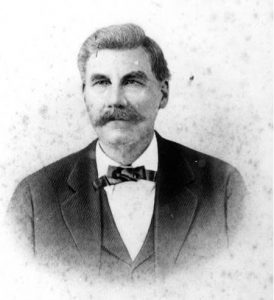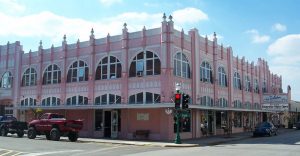Guide to Fort Ogden, Florida
Fort Ogden
Fort Ogden is an unincorporated community in DeSoto County, Florida, USA. It derives its name from a fort that was built here in 1841 and abandoned in 1842. When settlers arrived later in the 19th century, they used the name Fort Ogden for the settlement they formed. The Fort Ogden School was built in 1912, but closed in 1946 and the students were sent by bus to the city Arcadia.
The community Fort Ogden is located roughly 10 miles (16 km) from Arcadia, on the eastern side of the Peace River. Both U.S. Route 17 and the Fort Myers Division of the Seminole Gulf Railway pass through Fort Ogden.
Today, Fort Ogden has a very rural feel, with less than 40 residents per square mile. A majority of the homes here are small or medium-sized (three or four bedrooms), and most of the real estate is owner-occupied. Over one-third of the occupied housing in Fort Ogden are mobile homes.
The income in Fort Ogden is lower than for 85.9% of United States neighbourhoods, and 23% of the children in Fort Ogden live below the federal poverty line. For the working population, the major sectors are manufacturing, labourer occupations, farming, sales, and service jobs. Ninety percent of the residents were born in the United States, and English is the majority language and spoken by over 80% of the Fort Ogdians. The second-largest language here is Spanish, spoken by 17.8% of the people. In the most recent census, 16.5% of the residents stated Mexican as their ethnicity or ancestry, followed by English at 12.4%, Irish 8.2%, German 6.6%, and Cuban 1.9%.
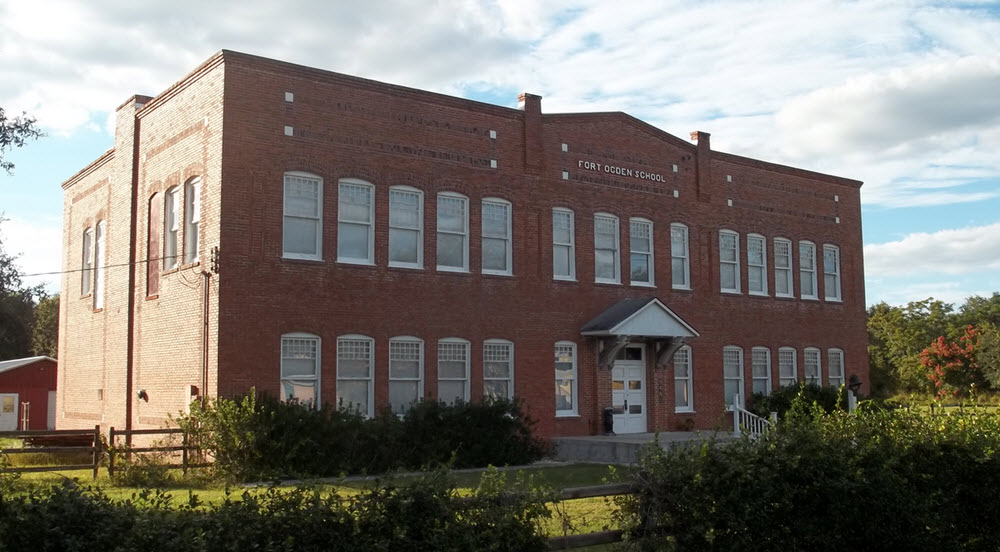
Daytrading in Florida
Internationally a lot of day traders prefer to trade CFD:s. A leveraged financial instrument that is perfect for day trading. CFDs are however unfortunately banned in Florida and the rest of the USA. This is due to the fact that CFDs can cause large losses if the trader does not understand how they work and how to minimize the risk.
Day traders in Florida will have to trade other financial instruments instead. One of the most popular types of day trading in Florida is Forex day trading but day trading stock is also a popular option. Find out more about types of financial instruments that you can day trade.
If you want to try day trading then you will need a good internet connection and a lot of time. Day trading is a profession. You will need to be dedicated and spend a lot of time researching the markets if you want to be successful. Day trading is not a good option for you if you are unable to dedicate yourself to it 110%,
History of the fort
The United States Army post Fort Ogden was established in the summer of 1841, during the Second Seminole War, which lasted from 1835 to 1842.
When Fort Ogden was built, no one knew that the war would end the following year. In 1841, the Seminoles were still present in central and south Florida, and white settlers were demanding that they moved to a reservation. The United States planned to forcibly remove the Seminoles from all the land between the Withlacoochee River and the frontier, and then attack the Native Americans in Big Cypress Swamp. The location for Fort Ogden was selected as it would provide an advanced position for the Big Cypress campaign.
Building the fort
Captain T.P. Gwynne was in charge of building Fort Ogden, and he used four companies of the 8th U.S. Infantry as his workforce.
The troops also built 55 canoes.
The meeting
In May 1842, Fort Ogden hosted a meeting between Tampa District commander Colonel William J. Worth and several Seminole chiefs, including Coacoochee, who was a leading Seminole chieftain during the later stages of the Second Seminole War and the nephew of the famous Micanopy. When the Seminole chiefs did not submit to the plans suggested by the Colonel, they were forcibly taken to Fort Brooke.
Abandonment
When the Second Seminole War ended in 1942, Fort Ogden was abandoned.
The Fort Ogden Marker
There is a historic marker in front of the Fort Ogden Post Office, designating the site of the fort. It was erected in 1976 by the Fort Ogden Civic Club in cooperation with the Department of State.
Marker Number: F-256
Coordinates: 27° 5.006′ N, 81° 57.373′ W
Directions: The marker is on U.S. Route 17, 0.2 miles south of Southwest River Street, on your right-hand side if you are travelling south. The closest postal address is 9693 South Highway 17, Fort Ogden FL 34267.
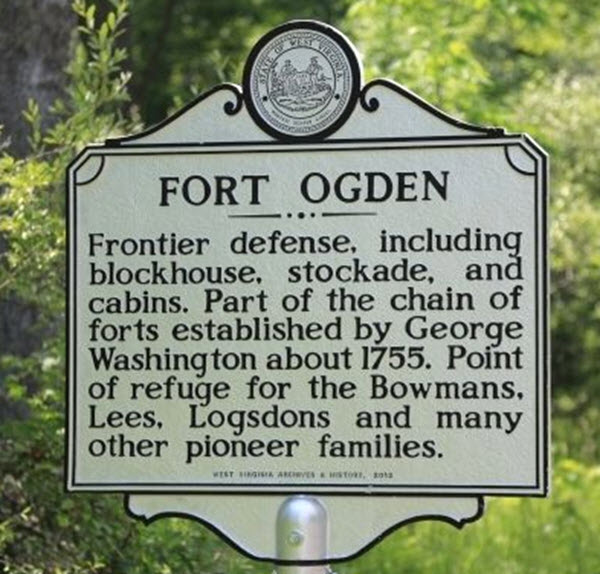
Marker inscription
“As white settlers moved into Florida, demands increased for the removal of the Seminole Indians to a western reservation. The Seminoles failed to cooperate, and in 1835 the conflict known as the Second Seminole War began. By 1841, the Indians were still entrenched in central and south Florida. Campaign plans for that year aimed at clearing Indians from the area between the Withlacoochee River and the frontier and then attacking Indian bands in Big Cypress Swamp. To sustain the wide-ranging troops, detached camps were established at various points. Camp Ogden, named for Captain Edmund Ogden of the 8th U.S. Infantry, seems to have been established in July 1841 as an advanced position for the Big Cypress campaign. In addition, 55 canoes were constructed for the next winter’s Everglades expedition. Before the camp was abandoned in the fall, an influential Indian leader, Coacoochee, visited Camp Ogden. The community of Fort Ogden developed in this citrus and cattle region in the last part of the 19th century and took its name from the Second Seminole War camp. Fort Ogden’s post office, established in 1876, is the oldest in DeSoto County to be in continuous service.”
Source: The Historical Marker Database
Why is it called Fort Ogden?
The army encampment on this location was called Camp Ogden, after Captain Edmund Augustus Ogden of the 8th U.S. Infantry. Fort Ogden then got its name after the camp.
Edmund Augustus Ogden was born on 20 February 1811 in Catskill, New York. At the age of 16, he entered the United States Military Academy, from which he graduated in 1831. He became a career infantry officer in the U.S. Army and served at Fort Crawford in the Black Hawk War, before transferring to the newly formed 8th U.S. Infantry in 1938. During the Second Seminole War, he served with the 8th Infantry at Fort Brooke in Tampa.
After the end of the Second Seminole War, he served in the Mexican War, and later at Fort Leavenworth, Kansas. In 1855, Major Ogden oversaw the construction of Fort Riley, Kansas, and this is where he died of cholera on 3 August 1855. His death was the result of a cholera epidemic that killed around 70 people. His body was sent back to New York, where it is interred in St. Matthews Cemetery, Unadilla. A memorial monument to Major Ogden has been erected on a hill overlooking Fort Riley.
The other Fort Ogden
The Fort Ogden in Florida was not the first Fort Ogden in the Americas. In 1755, a Fort Ogden was established in West Virginia during the French & Indian War. This Fort Ogden was a part of a chain of forts established in 1755 by order of Colonel George Washington, and it was located near the place where we today find the community Gormania, in Grant County, West Virginia.
Fort Ogden in West Virginia had a blockhouse and several cabins, all surrounded by a protective stockade.
Things to do in DeSoto County
-
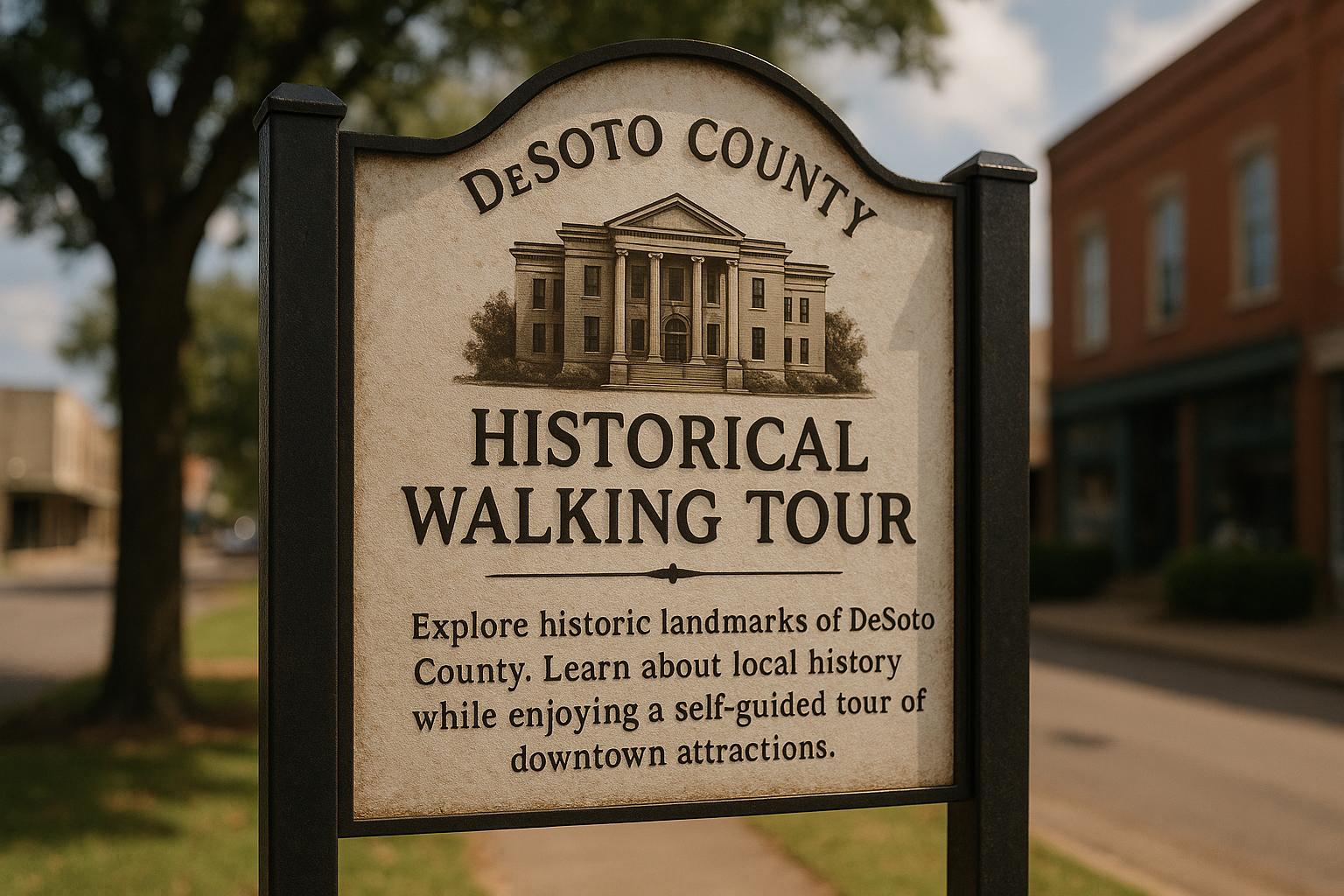
DeSoto County Historical Walking Tour
-

Arcadia Peace River Bird Watching Area
-

DeSoto County Agricultural Museum
-
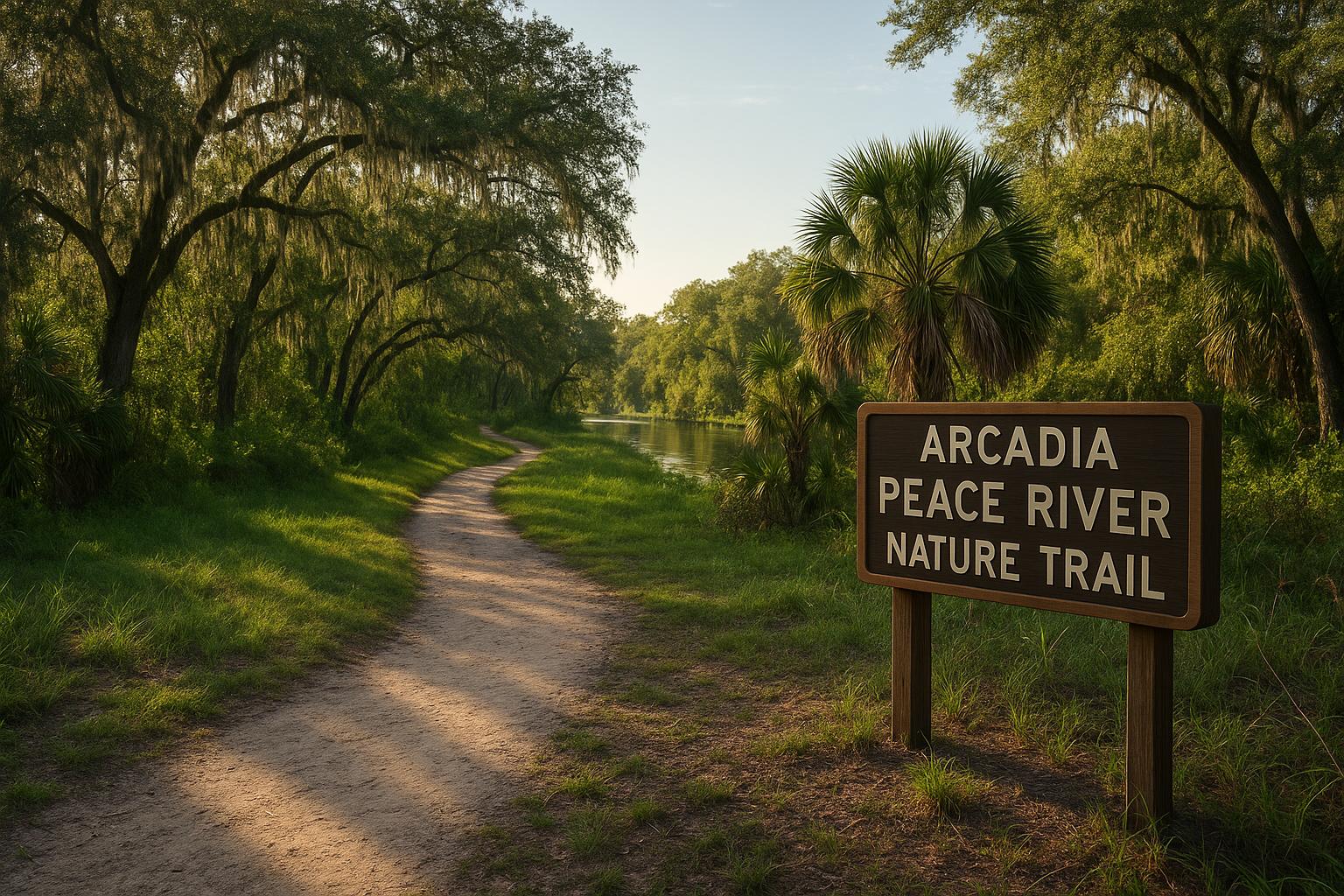
Arcadia Peace River Nature Trail
-

DeSoto County Heritage Center
-
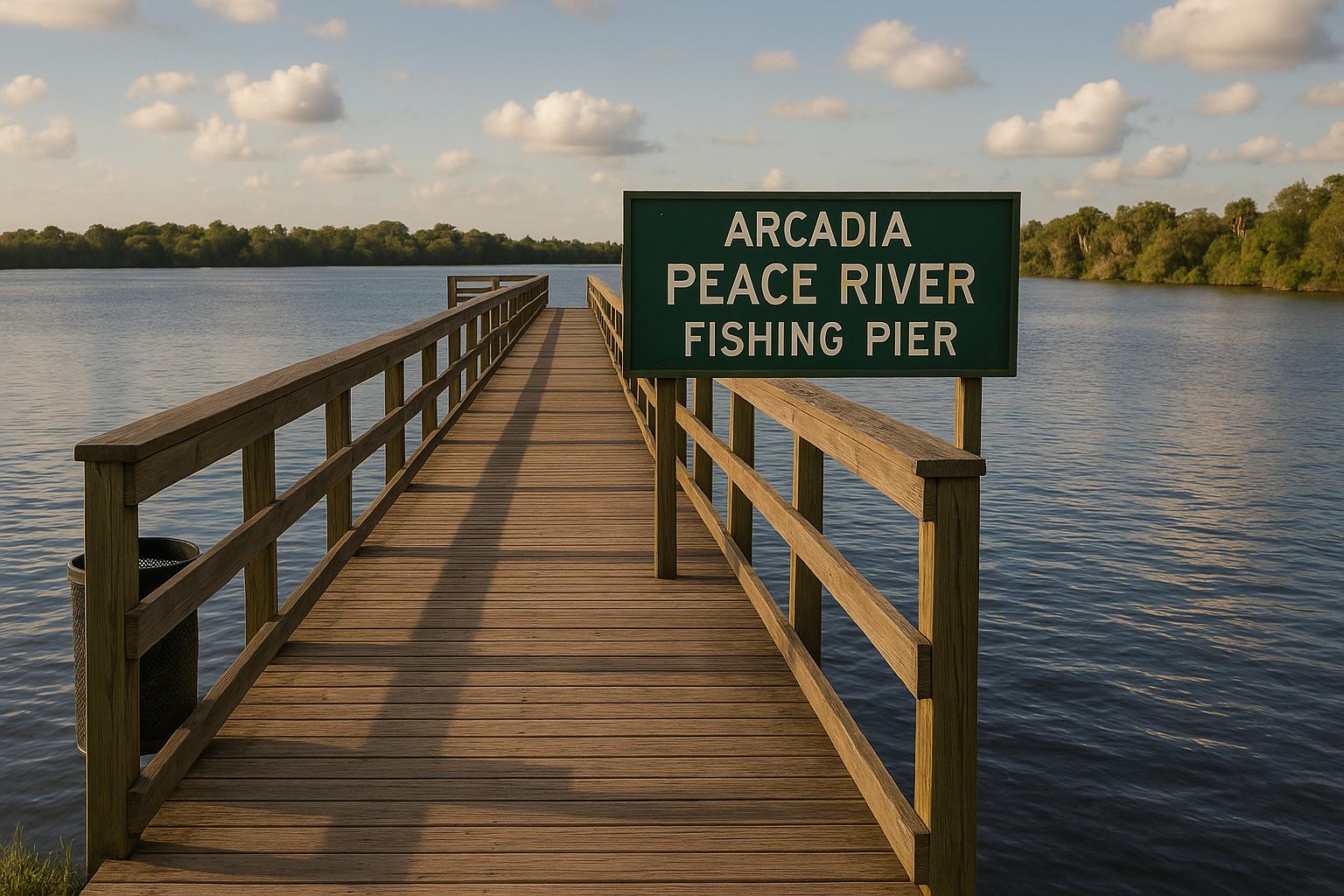
Arcadia Peace River Fishing Pier
-
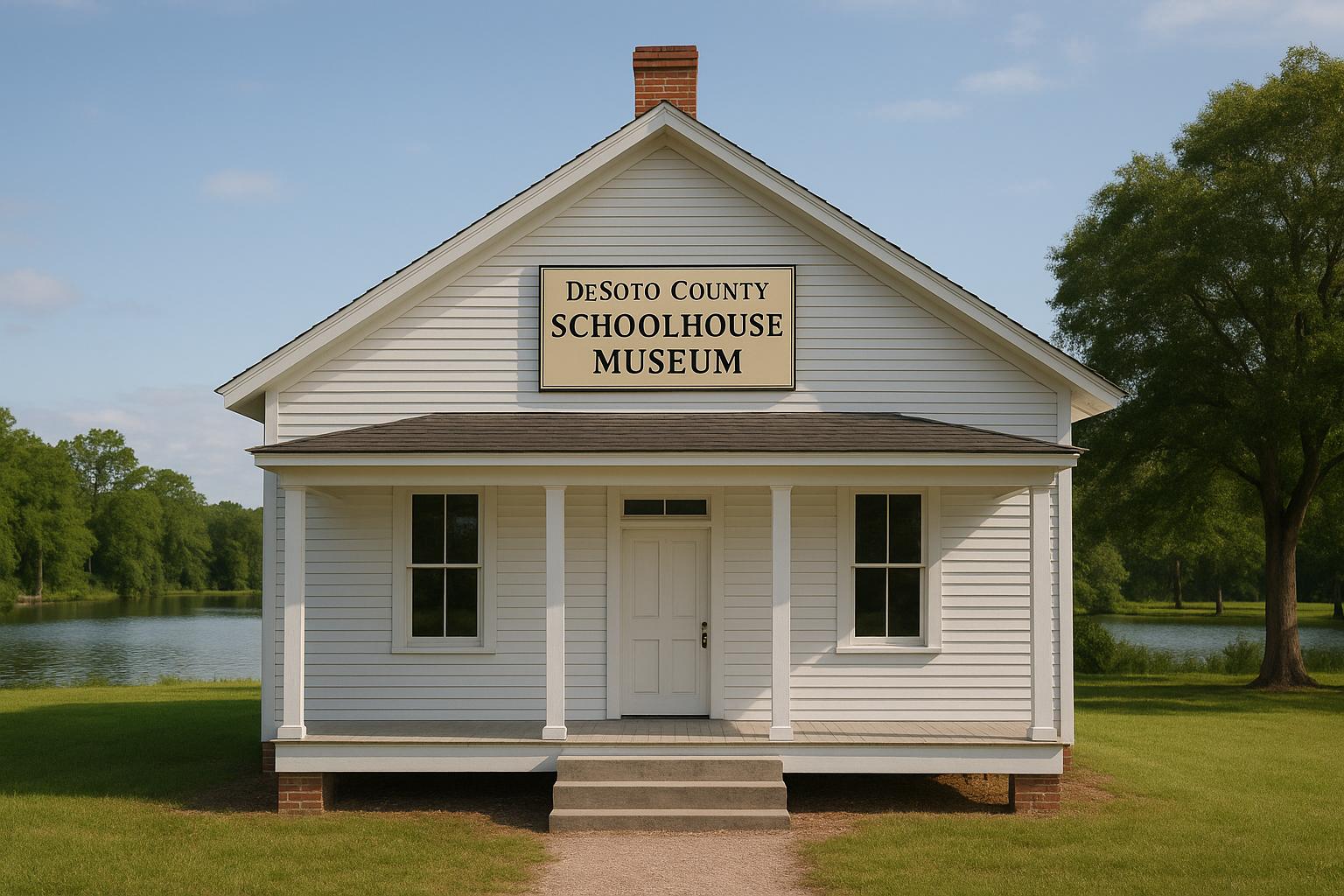
DeSoto County Schoolhouse Museum
-
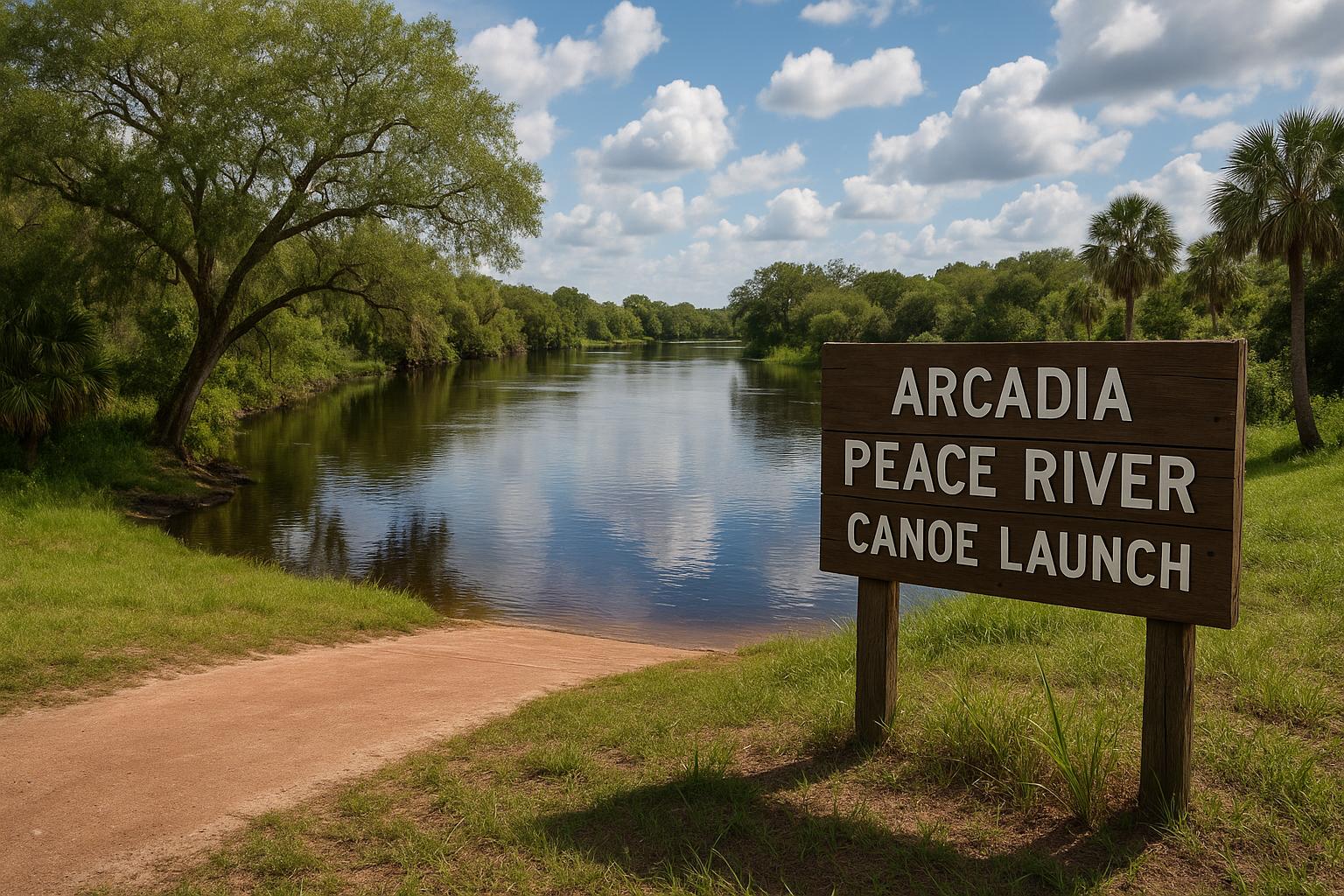
Arcadia Peace River Canoe Launch
-

DeSoto County Welcome Center
-

Arcadia Community Farmers Market
-

DeSoto County Extension Office Gardens
-

Arcadia Village Golf Course
